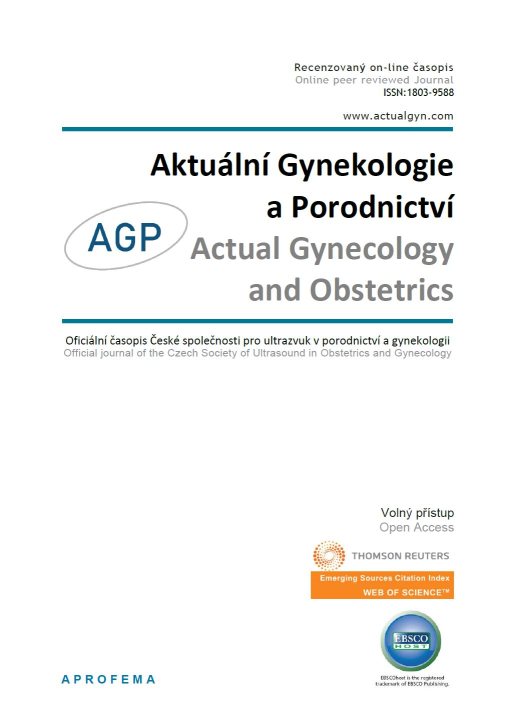Myofascial Trigger Points: Understanding, Diagnosis, Management and Treatment. Pelvic pain symptoms.
Abstrakt
Introduction: Chronic pelvic pain syndrome (CPPS) is a common disorder in women.
The categorisation of the condition is determined by the cause of the pain. Organic pain accompanies a particular disease and is mainly alleviated by addressing the root cause of the underlying disorder. Pain of unknown origin, inapparent, is seldom resolved or adequately managed. Myofascial pain syndrome in the pelvic floor is often linked to different forms of pain.
The frequency of CPPS is estimated to be approximately 10% of the female population. Myofascial trigger points are often identified as a source of pain. It is a particular form of ischaemic local muscle pain associated with referred pain, which causes it to migrate to a distinct region. Trigger points differ from a classical pain pattern and have difficulty healing. They often lack healing capability and tend to transition into a state of more persistent pain.
Pathophysiology: Our review focuses on recent theories regarding the pathophysiology of trigger points, particularly the hypothesis involving excessive acetylcholine release.
Diagnosis: Is based on different palpation techniques. We emphasize instrumental methods such as electromyography, ultrasonography, colour flow mapping and elastography.
Therapy: Is focused on eliminating trigger points through the use of different techniques. Dry needling, wet needling, anesthetic, and antiflogistic applications are frequently employed. The highly popular use of Botox has not escaped our attention. Moreover, implementing physical techniques, including electrography, laser application, ultrasound and magnetotherapy, is also useful. Special attention should be paid to properly applying promising shock wave therapy.
Discussion: Myofascial trigger points have become an area of considerable interest. In this brief note, we discuss pathophysiology, diagnostics and treatment. We highlight potential hindrances concerning the interpretation, duration and chronicity of pain.
Key words: trigger point, myofascial, vulvodynia, hypoxia, ischemia, chronic pelvic pain syndrome, shock wave therapy, Botox, elastography












 Official publication of the Czech Society of Ultrasound in Obstetrics and Gynecology.
Official publication of the Czech Society of Ultrasound in Obstetrics and Gynecology.
